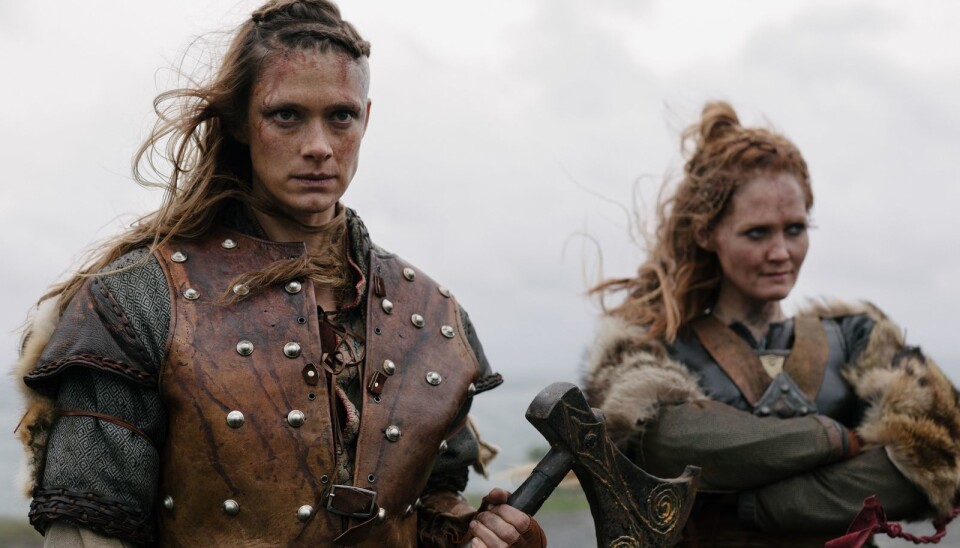
Creating languages of the past for HBO’s "Beforeigners"
Researchers who created language for the new HBO hit Beforeigners couldn’t just translate Norwegian into Old Norse, 19th-century Norwegian or a Stone Age language. For one thing, how would you curse in Old Norse if you knew nothing of Christianity?
Creating new languages for movies or television is nothing new — think of Klingon from Star Trek, and High Valyrian from Game of Thrones. These fictional languages are so complete they can even be learned on Duolingo, a language website and app.
So the new Norwegian TV series success "Beforeigners" wasn’t necessarily breaking new ground when it came to creating fictional languages — except that the series brings people from three different historical periods to the streets of Oslo.
The series goes all out in trying to seem as real as possible. That means the dialogue is sometimes in a completely different language than modern Norwegian.
“We wanted this universe to function as a kind of allegory about a multicultural society, and how an important part of the identity of people who live in exile is their mother tongue. It gives you a language that you share with people from the same background, but that the majority around you don’t understand,” one of the screenwriters, Anne Bjørnstad, wrote in an email.
“For us it was obvious that the three immigrant groups had to have their own distinct accent and that the two oldest groups also should have their ‘mother tongue’ — and that this was as important as costume and production design,” she said.
But the series creators weren’t sure if this was possible — until they found a trio of researchers who had the skills to make it work.
Alexander K. Lykke, Julian Kirkeby Lysvik and André Dannevig translated the TV show’s dialogue into nineteenth-century Norwegian and Old Norse. They even created a language for the Stone Age people, called "Mesolithic" in the series.
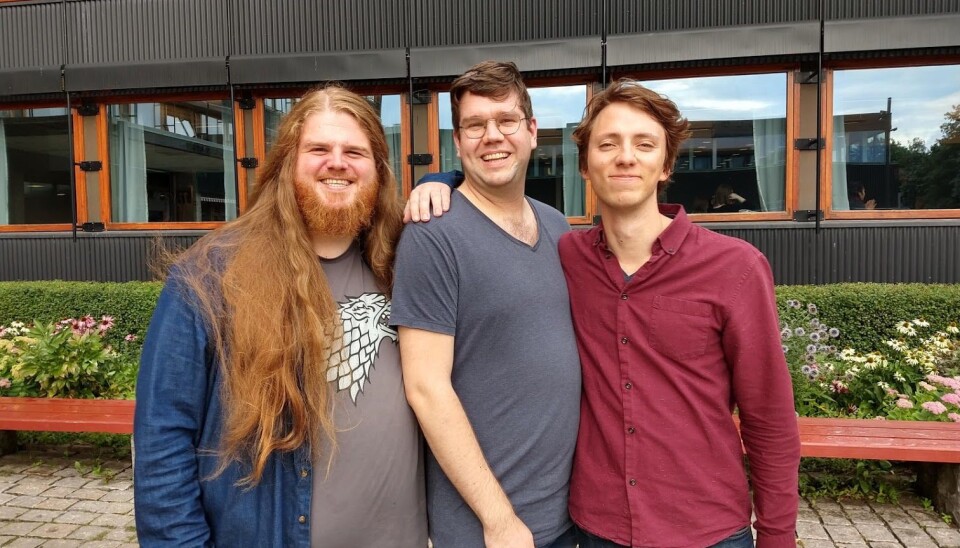
Old Norse
Alexander K. Lykke, a PhD fellow at the University of Oslo, was responsible for translating the dialogue into Old Norse. And although there are many written sources for this ancient language, it was no easy task.
Written sources mainly date from the 13th century, but the dialogue in the series is supposed to be based on how Norwegians spoke in the 11th century, which is not as well documented.
“I have worked hard to recreate Old Norse the way they spoke it in the 1000s. I made it more archaic and old-fashioned than the Old Norse language we’re familiar with. It has been tough, and I don’t think I can claim that I have reconstructed the exact language from that period, but I have done my best,” Lykke said.
Part of his approach has been to look for ways in which modern languages have changed over time. For example, as most languages become more mature, word sounds may be reduced or compressed.
Lykke said he also relied on research conducted on more modern Scandinavian dialects and languages, including Icelandic and Faroese, to decide how words would have been pronounced. It’s also possible to compare different historical stages of other Germanic and Indo-European languages to see how pronunciation evolves over time.
“There is a lot of research on this, so we have a pretty good foundation for knowing how Old Norse was pronounced,” he said.
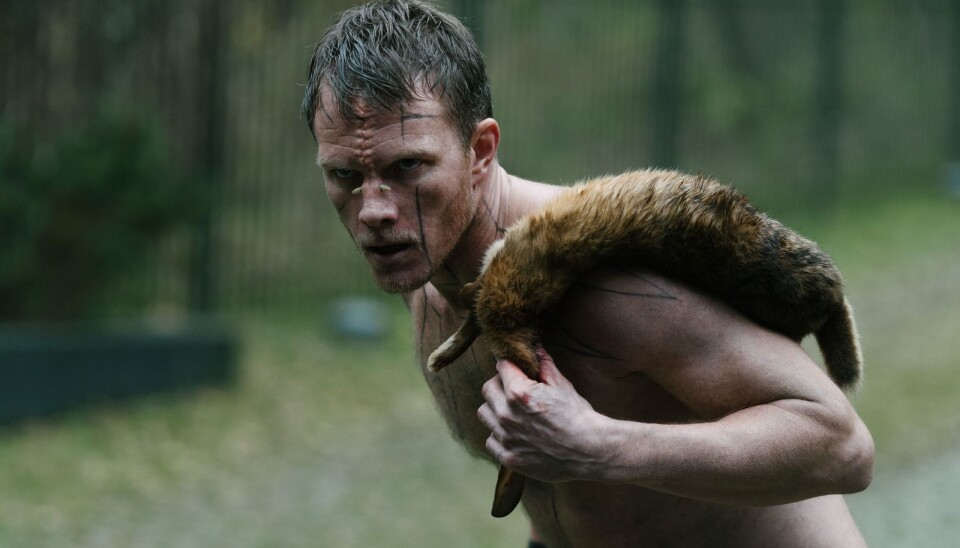
Invented a Stone Age language
The series doesn’t only have Viking-age Norwegians — Stone Age people are also part of the story. They had to have their own language and accent.
Julian Lysvik, another PhD candidate, took this as his main assignment.
He explains that his goal was for the Stone Age people to speak with an accent that would clearly indicate where they came from, but at the same time, they had to sound different from all other existing accents.
“When you hear them speak, you shouldn’t think that it sounds like Finnish or Arabic. It should be something that sounds unfamiliar, yet realistic,” says Lysvik.
Among other things, they mimicked the cadence of a number of languages from the Caucasus, the mountainous region that stretches between Europe and Asia, the Black Sea and the Caspian Sea, and which runs along Russia's southern border with Georgia.
“The cadence in the Stone Age language is flat and falling, so that it doesn’t sound like the Norwegian cadence, which ‘sings’. The emphasis on syllables is borrowed from Hebrew and often falls on the last syllable, which is not that common in European languages,” he said.
The language the Stone Age people speak, Mesolithic, is naturally 100 per cent fiction. But if you listen carefully, you’ll hear that the language actually has its own internal grammar and all the characteristics of a proper language, the researchers said.
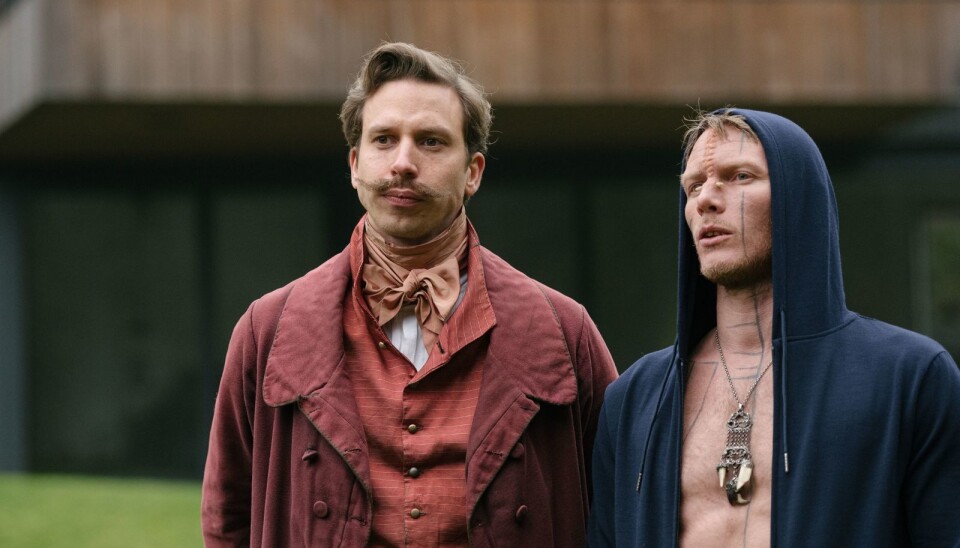
Upper class accents
The last “beforeigners” that appear in the series are 19th century Norwegians from Christiania, which is what Oslo was formerly called. Although they speak Norwegian that is understandable for today’s Norwegian speakers, there are still some differences.
André Dannevig, who has a master’s degree in linguistics, took this on as his assignment.
“There are no sound recordings from this time either, but it has been studied, so we can make some assumptions,” says Dannevig, who worked as a research assistant during the time they worked on the script.
Dannevig says he was most concerned about how the language should not sound.
“These are upper-class people and aren’t representative of Christiania in the 19th century. There were great variations at that time. I created a type of Norwegian that was based on exactly this class of people, and which should be perceived as a bit archaic,” says Dannevig.
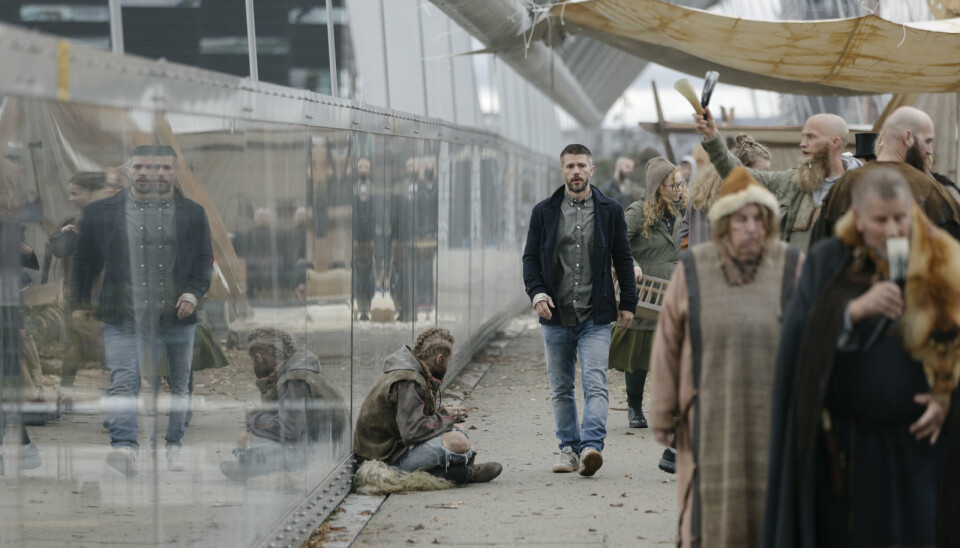
Mobile phones and cursing
Grammar and pronunciation are one thing. The researchers also faced other challenges. For example, how do you talk about things that didn't even exist in the age you came from?
“We tried to familiarize ourselves with their world of understanding and language — and how would they have expressed different concepts,” says Lykke.
The researchers relied on countries like Iceland, where the language contains variants of new words rather than borrowing words from other languages, as is done in many other countries, including Norway. Norwegians say "telephone" and "TV", for example.
Finally — how do Vikings curse?
The Old Norse texts we have, with very few exceptions, are high-quality texts such as laws and high literature that were read at the court. You can't find curse words here, Lykke points out.
He couldn't translate directly from modern Norwegian, either. Norwegian profanity is often religious and blasphemous. But a person from the 1000s would not have heard of or cared about Christianity, so it would simply not make sense for a person who speaks Old Norse to say "Christ" or "Hell."
“That's why I've come up with some juicy stuff myself. For example, if you take the word for penis and associate it with the word for giant (jotun in Norwegian), you get "jǫtnahreðr". I am happy with that, says Lykke.































